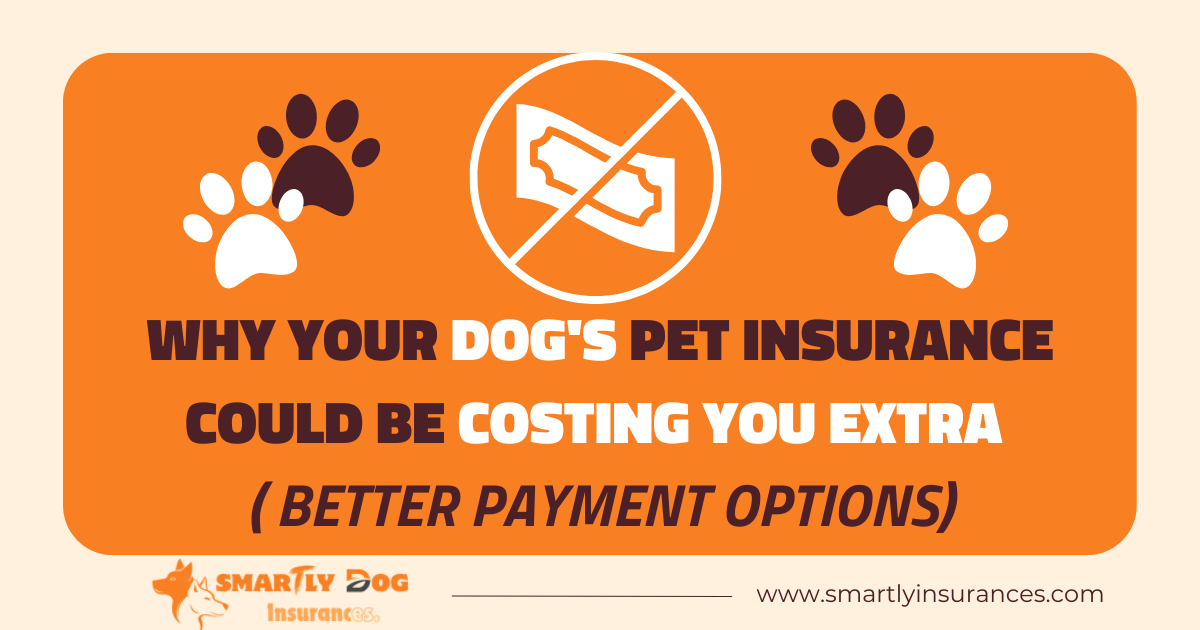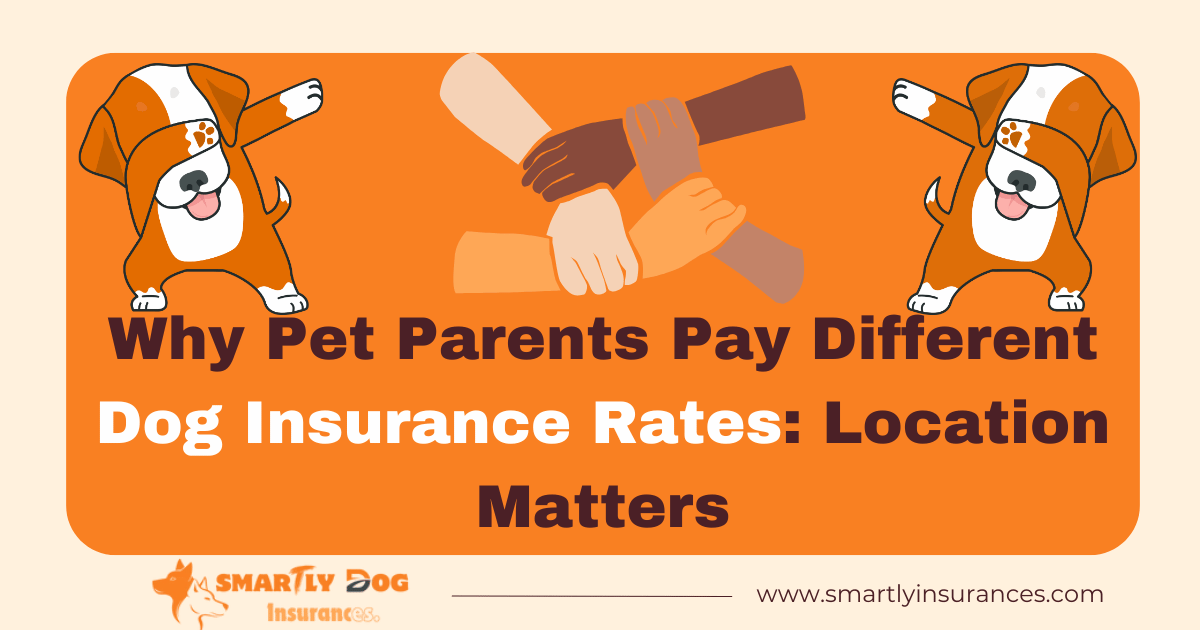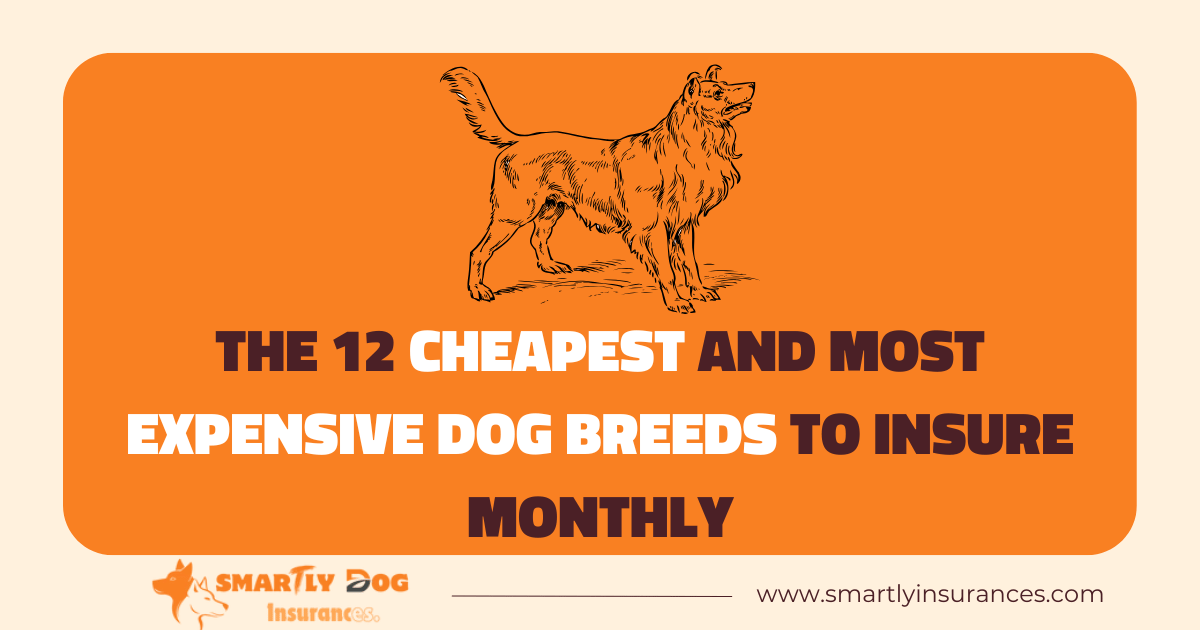Only 4% of pets in the United States have pet insurance. Statistics show that 4 out of 5 pets will face a medical emergency during their lifetime. Our research into dog insurance plans with flexible payments revealed some concerning trends in coverage costs.
The average pet insurance for dogs costs $676 per year. These prices have risen more than 5% since last year. We found several alternatives to traditional pet insurance that could save you money and protect your furry friend. Pet owners can choose from vet payment plans or insurance companies that pay veterinarians directly. These options offer smarter ways to manage your pet’s healthcare costs without breaking the bank.
This piece will help you spot hidden insurance costs, evaluate traditional pet insurance’s worth, and explore practical alternatives. These insights will guide your financial decisions about your dog’s care effectively.
Common Hidden Costs in Pet Insurance Plans
Pet insurance premiums hide several unexpected costs that catch many dog owners off guard. We noticed insurance companies getting approval for most important rate increases, with some providers raising premiums by 20% or more in the last year.
Annual premium increases
Your dog’s age is a vital factor in premium hikes. Older pets need more frequent veterinary visits and treatments, which makes insurers view them as higher risk. Veterinary care costs have risen at an annual rate of 10.6%, which is nowhere near overall inflation. Some pet owners have seen their premiums jump dramatically – one provider increased rates by 57% over just two years.
Deductible structure traps
A good understanding of deductible structures helps avoid surprises that can get pricey. Most policies offer either annual or per-incident deductibles, ranging from $0 to $1,000. Different insurers handle deductibles in their own way – some apply the deductible first and pay a percentage of the remaining bill, while others apply reimbursement rates before meeting the deductible.
Coverage exclusions that cost extra
These notable exclusions lead to more out-of-pocket expenses:
- Pre-existing conditions are almost never covered
- Routine wellness care and preventive treatments need additional coverage
- Hereditary disorders have limited coverage on specific plans
- Pregnancy-related complications and breeding costs aren’t included
The fine print reveals more hidden costs. Annual limits cap the maximum amount insurance will pay each year, leaving you responsible for expenses beyond that threshold. Some policies include lifetime caps that restrict total coverage over your pet’s lifespan. Many plans won’t count certain uncovered costs toward the deductible, such as vaccines, wellness visits, and routine care.
Why Traditional Pet Insurance May Not Be Worth It
Pet insurance costs more than it pays out – the numbers tell the clear story. We found that most pet owners pay thousands in premiums but get little value back. The average annual premium for dog insurance stands at $594, yet typical yearly vet expenses to treat illnesses average only $204.
Limited coverage benefits
Pet owners face major coverage restrictions despite paying regular premiums. Insurance companies reimburse only 70% to 90% of eligible expenses. The policies exclude several vital services instead of covering all vet costs:
- Routine wellness visits and vaccinations
- Dental care not linked to accidents
- Alternative treatments like acupuncture
- End-of-life care and euthanasia
High out-of-pocket costs
Monthly premiums are just the start of the financial burden. Pet owners must pay vet bills upfront and wait to get their money back. You might struggle with large unexpected expenses if you don’t have enough credit or cash reserves.
The math rarely works in your favor over time. To cite an instance, see this example: a dog with moderate health issues might only receive $4,700 in benefits throughout their life, while owners could pay $900-$1,200 yearly in premiums. Two major insurers cost $1,227 to $29,684 more out-of-pocket than having no insurance, even with serious medical conditions.
Catastrophic pet health events don’t happen often. The average cancer treatment cost for cats without insurance runs about $2,900, and dog owners typically spend $349 yearly on emergency care. These numbers suggest a dedicated savings account could be more budget-friendly than traditional pet insurance.
Understanding Vet Payment Plans
Veterinary payment plans serve as a practical alternative to traditional pet insurance. We created these plans to help pet owners split large veterinary bills into manageable monthly payments.
How vet payment plans work
You can access payment plans directly through veterinary clinics or third-party financing companies. The total cost of services splits into fixed monthly installments, which helps pet owners budget better. Many veterinary hospitals process payments automatically based on schedules you agree to.
Benefits over insurance
Vet payment plans give you several advantages over traditional insurance:
- You get immediate care without waiting for insurance to pay you back
- Your costs won’t increase yearly and you won’t pay deductibles
- You’re more likely to stick to preventive care schedules
- You build better relationships with your vet
Yes, it is true that these plans encourage regular checkups and routine visits, which benefits both your pet’s health and veterinary practices. Clinics without in-house payment plans often team up with third-party finance companies to give you similar options.
Qualifying requirements
Your qualification process changes based on the payment plan type. Many veterinary clinics now assess client needs through surveys or casual conversations. Some providers need to check your credit score, while others look at your payment history and verify your income.
The plans come with clear terms about interest rates, payment schedules, and what happens if you miss payments. Veterinary staff learn how to explain these options clearly to their clients. These plans use automated payment systems and proper client assessment to make veterinary care more available while keeping practices profitable.
Direct Pay Options with Veterinarians
Pet insurance companies now pay vets directly, so you don’t have to pay upfront or wait to get your money back. Trupanion guides this state-of-the-art service with over 11,000 participating veterinary hospitals across North America.
Insurance companies that pay vets directly
These providers offer direct vet payments:
- Trupanion: Processes payments at checkout in under 60 seconds
- Pets Best: Requires a signed veterinarian reimbursement release form
- Progressive: Partners with Pets Best for efficient service
- ManyPets: Offers direct payment through their veterinary claim portal
Setting up direct payment arrangements
You should check if your vet clinic accepts direct payments since not all facilities take part in these programs. Each insurance company has its own rules to set up direct payments.
The process needs you to complete a few key steps. You’ll need to get paperwork from your insurance company first. Some providers like Trupanion use special software that makes shared payments possible right at checkout.
Here’s what you need to do:
- Check if your vet takes part in the program
- Send in the required forms and documents
- Know what you’ll pay for deductibles and co-insurance
Pet owners still pay their share of costs with direct payment systems, including deductibles and co-insurance. Understanding these costs ahead of time helps you avoid surprises.
Direct payments are a great way to get premium care without financial stress. You can focus on your pet’s recovery instead of worrying about big upfront costs. This payment option helps especially when you have emergencies or expensive treatments.
Smart Ways to Reduce Pet Care Costs
Preventing health issues costs nowhere near as much as treating them. Studies show preventive care expenses are typically a fraction of the cost of treating advanced diseases.
Preventive care strategies
Regular wellness exams are the life-blood of pet health maintenance. Annual veterinary checkups can detect problems early and save up to 300% on treatment costs. Dental care is a vital preventive measure – brushing your dog’s teeth twice weekly helps avoid professional cleanings that cost between $150 to $400.
Negotiating vet bills
Veterinary service prices vary dramatically within the same city. Some treatments show price differences of up to 300% between clinics. These proven negotiation strategies work well:
- Request detailed cost breakdowns and discuss alternative treatment options
- Ask about available payment plans or financial assistance programs
- Compare prices from multiple clinics, especially in suburban areas
- Seek second opinions for expensive procedures
Finding affordable medications
Online pharmacies save you substantial money on pet prescriptions. Platforms like Chewy and PetMeds provide medications at competitive prices and offer free shipping on orders over $49. GoodRx for pets gives you up to 90% savings through their paid plan.
Pet owners can save on medication costs through warehouse clubs too. Costco members receive discounts of up to 40% compared to traditional pharmacies. Many veterinarians match online pharmacy prices while offering manufacturer rebates and coupons.
Finally
Pet healthcare costs keep going up, but smart alternatives beyond traditional insurance can help. Standard pet insurance premiums are rising steadily, and we found that vet payment plans and direct-pay options give better value to many dog owners. These choices help you avoid common headaches like paying everything upfront or waiting for reimbursements.
Your best bet to manage pet healthcare costs is prevention. You can save hundreds or maybe even thousands of dollars each year through regular checkups, dental care, and comparing prices at different vet clinics. Getting medications from online pharmacies or warehouse clubs also cuts down routine care costs substantially.
Starting a dedicated pet emergency fund makes more sense than paying high insurance premiums that might never benefit you. This approach works well with flexible payment options and preventive care to give you financial security and peace of mind. Taking care of your furry friends shouldn’t put your financial health at risk.



